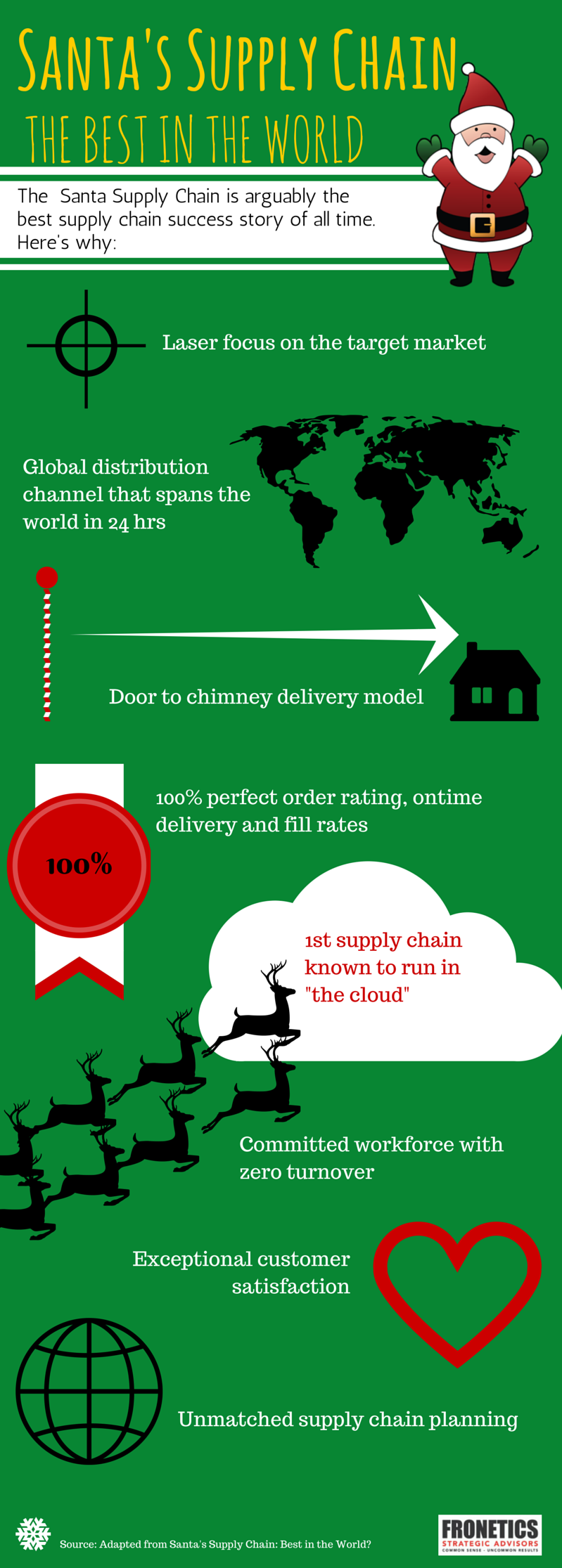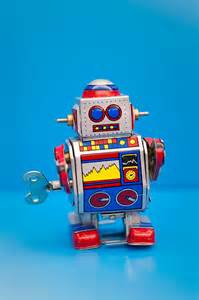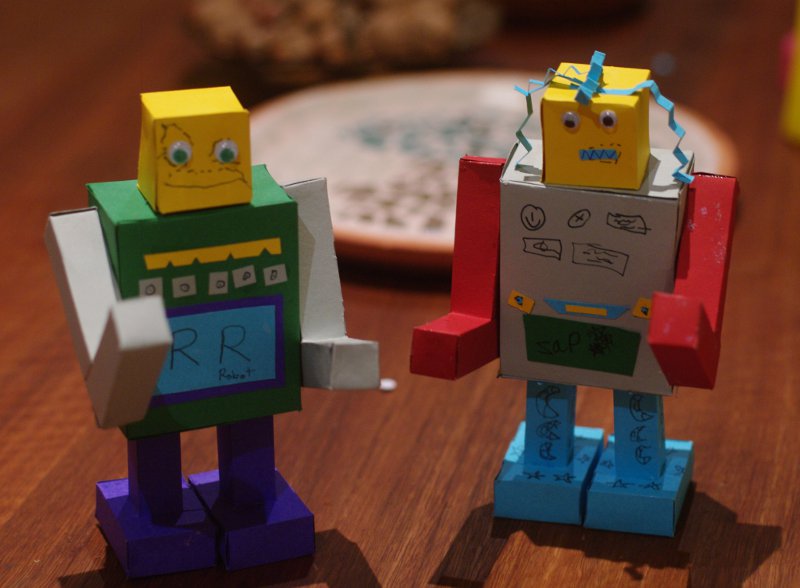![The Santa Supply Chain [Infographic]](https://www.fronetics.com/wp-content/uploads/2024/10/Santa-Supply-Chain-Infographic-799x675.png)
by Fronetics | Dec 2, 2014 | Blog, Logistics, Strategy, Supply Chain, Transportation & Trucking
“Gartner likes to publish the Top 25 Supply Chains every year. Unfortunately, there’s one supply chain the esteemed analyst firm continues to overlook. And it just so happens to be the greatest supply chain success story of all time. I’m talking about The Santa Claus Supply Chain.”
Richard Howell’s 2011 article proposing that Santa’s Supply Chain is superior to those on Gartner’s list leaves little room for argument. Let’s be honest, is there another supply chain that can (using just one sleigh) deliver orders to 822 homes per second and has a:
- Committed workforce with a 0% turnover rate (Dasher, Dancer, Prancer, Vixen, Comet, Cupid, Donner, and Blitzen are loyal and long-serving);
- 100% order rating; and
- 100% on-time delivery?
I think not.
Check out Howell’s article for more interesting facts, and our Santa Supply Chain infographic for holiday fun.


by Fronetics | Nov 27, 2014 | Blog, Leadership, Marketing, Strategy

The Dunkin’ Donuts in Boston’s Back Bay Station is a well-oiled machine. The whole process – ordering a cup of coffee, paying, and receiving said coffee – takes seconds. The experience is something reminiscent to Seinfield’s Soup Nazi.
For customers who frequent this Dunkin’ Donuts expect this. They have timed their commute down to the minute and they know that if they can move through a line of 30 or so people in seconds – and make the train. For customers who don’t frequent this Dunkin’ Donuts the experience can be jarring.
On the other hand, there is a small coffee shop I visit in Maine. It takes minutes (think two digit numbers) to get a cup of coffee, and then more minutes to pay. Customers who frequent this coffee shop savor this time that it takes to get their coffee. The minutes waiting allow for conversations or quiet meditation.
Watching someone new enter the coffee shop is always interesting. There are those that start to wait in line and then leave when, after minutes, they are no closer to getting coffee. There are others who wait it out, checking their watch or smart phone every few seconds as if this will speed up the process. These people generally leave in cloud of frustration.
These two businesses know their customers. They have taken the time to understand what the needs are of the customer and they have tailored their business to address these needs.
To grow your business you need to take the time to determine who your target customer is, what their needs are, and how you can address these needs and bring value to the customer.

by Fronetics | Nov 27, 2014 | Blog, Leadership, Marketing, Strategy

The Dunkin’ Donuts in Boston’s Back Bay Station is a well-oiled machine. The whole process – ordering a cup of coffee, paying, and receiving said coffee – takes seconds. The experience is something reminiscent to Seinfield’s Soup Nazi.
For customers who frequent this Dunkin’ Donuts expect this. They have timed their commute down to the minute and they know that if they can move through a line of 30 or so people in seconds – and make the train. For customers who don’t frequent this Dunkin’ Donuts the experience can be jarring.
On the other hand, there is a small coffee shop I visit in Maine. It takes minutes (think two digit numbers) to get a cup of coffee, and then more minutes to pay. Customers who frequent this coffee shop savor this time that it takes to get their coffee. The minutes waiting allow for conversations or quiet meditation.
Watching someone new enter the coffee shop is always interesting. There are those that start to wait in line and then leave when, after minutes, they are no closer to getting coffee. There are others who wait it out, checking their watch or smart phone every few seconds as if this will speed up the process. These people generally leave in cloud of frustration.
These two businesses know their customers. They have taken the time to understand what the needs are of the customer and they have tailored their business to address these needs.
To grow your business you need to take the time to determine who your target customer is, what their needs are, and how you can address these needs and bring value to the customer.

by Fronetics | Nov 26, 2014 | Blog, Manufacturing & Distribution, Supply Chain

MIT’s Julie Shah was named one of MIT Technology Review’s 35 Innovators Under 35 in 2014. In an interview with Will Knight, Shah discusses the possibility of collaboration between human robots:
“In factories there are usually physical barriers between people and robots. Originally, this was for safety—industrial robots were unwieldy and unyielding. Although robots are increasingly designed to safely share human work spaces, even in these settings, people do one set of jobs and robots do another.
Imagine if robots could be truly collaborative partners, able to anticipate and adapt to the needs of their human teammates. Such robots could greatly extend productivity. That possibility is really exciting to me.”
Shah is working companies including BMW, Boeing, and Embraer to develop robots that can interact intelligently with human co-workers.
According to Shah:
“If you can develop a robot that’s capable of integrating into the human part of the factory-if it just has a little bit of decision-making ability, a little bit of flexibility- that opens up a new type of manufacturing process more generally.”
Research conducted by Shah has found that teams made up of humans and robots collaborating efficiently can be more productive than teams made of either humans or robots alone. Shah’s experiments have shown that the collaborative process reduced human idle time by 85%. Additionally, Shah found that workers seem to be comfortable with the idea of robotic coworkers.
Are you ready for a robot to join your team? What are your thoughts on teams made up of humans and robots?

by Fronetics | Nov 26, 2014 | Blog, Manufacturing & Distribution, Supply Chain

MIT’s Julie Shah was named one of MIT Technology Review’s 35 Innovators Under 35 in 2014. In an interview with Will Knight, Shah discusses the possibility of collaboration between human robots:
“In factories there are usually physical barriers between people and robots. Originally, this was for safety—industrial robots were unwieldy and unyielding. Although robots are increasingly designed to safely share human work spaces, even in these settings, people do one set of jobs and robots do another.
Imagine if robots could be truly collaborative partners, able to anticipate and adapt to the needs of their human teammates. Such robots could greatly extend productivity. That possibility is really exciting to me.”
Shah is working companies including BMW, Boeing, and Embraer to develop robots that can interact intelligently with human co-workers.
According to Shah:
“If you can develop a robot that’s capable of integrating into the human part of the factory-if it just has a little bit of decision-making ability, a little bit of flexibility- that opens up a new type of manufacturing process more generally.”
Research conducted by Shah has found that teams made up of humans and robots collaborating efficiently can be more productive than teams made of either humans or robots alone. Shah’s experiments have shown that the collaborative process reduced human idle time by 85%. Additionally, Shah found that workers seem to be comfortable with the idea of robotic coworkers.
Are you ready for a robot to join your team? What are your thoughts on teams made up of humans and robots?
![The Santa Supply Chain [Infographic]](https://www.fronetics.com/wp-content/uploads/2024/10/Santa-Supply-Chain-Infographic-799x675.png)




